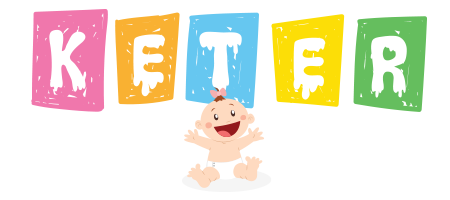
Children are naturally curious and cannot easily recognize risks and avoid them. therefore, they need special protection and care. Many injuries can be avoided by closely supervising children and ensuring a safer environment.
The aim is to protect the public by helping to address and prevent human health or safety risks posed by consumer products in Canada. This law replaces Part I and Annex I of dangerous products.
The Canadian Consumer Product Safety Act and its regulations do not distinguish between new and used products. Anyone who sells, distributes or donates products that do not meet government requirements will violate the Canadian Consumer Product Safety Act and will be subject to compliance and enforcement.
Around the house
Blind and curtain wires
There may be a choking or entanglement hazard for toddlers and toddlers who have access to wrapped or long slings. There are steps you can take to reduce the risk of this type of tragedy in your home
- Consider using wireless window covers, especially in children's bedrooms, playrooms and households where children go.
- Pick window coverings that do not have exposed cords on the back.
- Never place a crib, bed, high chair or playpen near a window or door on a patio where the child can reach for the hand or the curtain cord. Do not place sofas, chairs, tables, shelves or bookcases near windows. This prevents children from climbing to reach the blind line or curtains.
- Keep the ropes out of the reach of children, regardless of whether the blinds are raised or lowered.
- If the blinds are completely down or if the curtains are fully retracted, cut the strings in half and cut the strings short.
- Wrap the cord around the clip or the two screws in the wall above the curtain, out of the reach of children.
- Use a clip, clothes pin, or a big twist tie to keep the cords high and out of the reach of children.
- Install the bars for vertical blinds. Follow the manufacturer's instructions that came with the product. Make sure the attachment is attached properly.
Lighters, Matches and Candles
Keep lighters and matches out of the reach of children.
- Remember that lighters are not safe for children.
- Keep lighted candles out of the reach of children and pets. Lighting candles should always be taken care of by an adult.
- Never place burning candles on or near anything that can catch fire.
Second-Hand Products
Contact the manufacturer and Health Canada before purchasing or using a used product.
- If you buy or hold a used coat, playpen, stroller or other baby products, make sure:
- The product is in good condition and meets the current safety regulations.
- The manufacturer's instructions for safe use are included.
- The labels are attached and in a condition where they can be read.
- All of the safety features of the product are present and working.
- Health Canada does not recommend using cribs older than 10 years because they are more likely to have broken, worn, loose or missing parts, and to be missing warnings or instructions.
- Never accept or buy baby walkers.
- Never use a product that has missing warnings or instructions.
- Health Canada does not recommend the use of bath seats.
Trampolines
Trampolines should not be considered toys; There is a serious risk of harm to children while using them. Most trampoline-related injuries occur in private homes, usually in gardens on full-size trampolines. Risk of injury and death includes: collision with another person on the trampoline, incorrect landing when jumping or jogging on the trampoline, falling or jumping off the trampoline, and falling on springs or on the frame of the trampoline.
- Supervise children when they are using a trampoline.
- Keep children under 6 years of age away from a trampoline, even when supervised.
- Allow only one person on the trampoline at a time.
- Teach children not to perform somersaults and other stunts.
Poison Prevention
Household chemicals, such as bleach, thinners, ammonia and abrasive cleaners, are among the leading causes of injury and death in children under the age of 5. Even a small amount of a chemical can harm a baby. It does not protect children from the unpleasant taste and smell of chemicals. Chemicals can be toxic, flammable, corrosive or containers can be explosive when exposed to heat sources.
- Teach children that the danger symbols on the containers mean DANGER! DO NOT TOUCH!
- Keep all chemical products in a locked cupboard that is out of the reach of children. Never let children play with the containers.
- Store household chemicals in their original containers. Do not carry or store chemicals in beverage containers. Never cover or remove labels. Keep all safety information.
- Make sure that child-resistant closures are working properly.
- Keep in mind that child-resistant closures are not child-proof.
- Close the cap on the container tightly even if you set it down for a moment.
- Read the label and follow the instructions before each use of a chemical product.
- Never mix chemicals together as some mixtures can produce dangerous fumes.
- Keep the phone number for the poison control center by your telephone.
- Keep other harmful products, such as cosmetics, drugs, vitamins and first-aid treatment products, out of the sight and reach of children.
